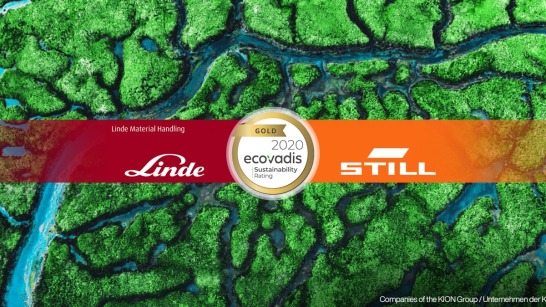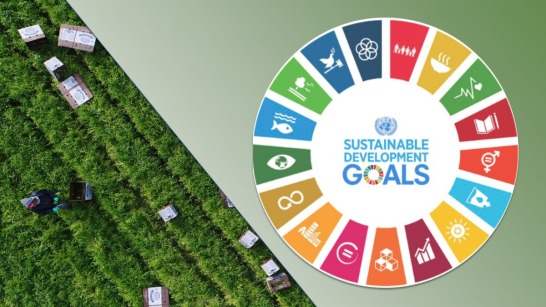From the individual product to the intelligent overall concept
"We are at an exciting point where we have to take the step from focusing on individual products to looking at entire, holistic solutions that include much more than just the intralogistics systems," adds Frank Heptner, who is responsible for automation solutions in the KION truck segment. He, too, observes the trend toward sustainability becoming an increasingly important factor for customers. Of course, automated warehouses consume energy, and not just a little. So it's all the more important to find the right strategies to use this energy as efficiently as possible. According to Heptner, the best way to achieve this is to include the (energy) infrastructure of the intralogistics systems in the planning from the ground up. On this basis, the processes at the respective customers must also be scrutinized down to the last detail: Do all goods that are delivered by trucks quasi simultaneously in the morning have to be stored immediately (by several automated industrial trucks at the same time)? Or can a buffer zone be set up so these goods can be put away by just one AGV throughout the day without causing energy peaks in the overall system? And are there perhaps even processes that can be completely dormant when the (possibly existing) photovoltaic system is not feeding in energy? Answers to these questions significantly expand the energy impact of intralogistics — while also presenting the opportunity for enormous energy savings to our customers.
Not only consumers, but also energy producers
In automated high-bay warehouses, movement upwards provides another opportunity for intralogistics in terms of energy efficiency: Just like the e-trucks from Linde Material Handling and STILL, which recover energy when braking, the storage and retrieval machines (SRM) from another KION subsidiary, Dematic, can "recuperate" electricity during operation. In plain terms, when an SRM moves up the rack, energy must be expended, but when it moves down, energy is fed back into the system. Dematic technology sends this energy back into the system, achieving energy savings of more than 40 percent on the way. "You have to think of a high-bay warehouse as a kind of massive battery," explains John Mart, Vice President Product Management at Dematic. "The savings in a typical high-bay warehouse could power 400 households over the course of a year."






